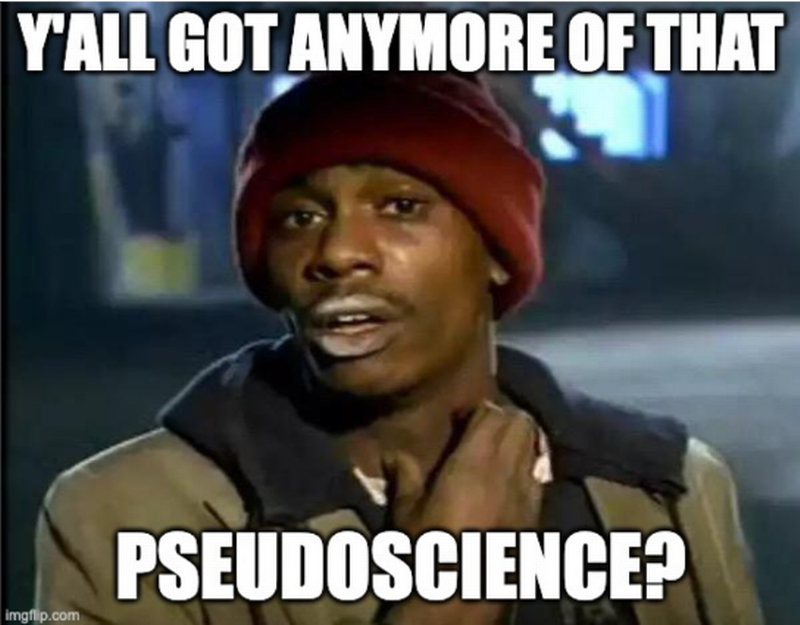Cannabis Legalization Bill Includes a Mega Hit of Pseudoscience

Once the governor signs the marijuana bill into law, we’ll post a blog revealing some important aspects of the legislation – some of which will likely surprise many! Until then, we thought we’d address one of the more troubling provisions: wasting money on pseudo-science.
It seems our legislators were suffering from reefer madness when writing the latest bill to legalize cannabis in Minnesota. The bill includes wasting millions of dollars on funding for pseudoscientific oral fluid testing and bogus drug recognition evaluator (DRE) training.
These tests have no scientific merit and result in more innocent citizens being arrested and subject to the ridiculousness of the tests.
Most Minnesotans recognize that we shouldn’t be prosecuting innocent citizens for drinking infused drinks, eating gummies, or even smoking marijuana. After all, humans have toked the peace pipe for thousands of years to alter their state of mind, laugh, relieve pain, or treat diseases. But, it seems our legislators must have been hitting the chronic as they wrote the bill.
The bill wouldn’t actually “legalize” pot. Instead, it would decriminalize possession of small amounts kept for personal use and allocate millions of dollars to unscientific roadside “testing.”
The problem with roadside testing for marijuana
We need to keep our roads safe from impaired drivers, but wasting millions of taxpayer dollars to put officers through ridiculous DRE training isn’t the answer.
There is no test that a DRE can perform that will tell you if you have too much marijuana in your system. Science has shown time and again that DRE is not scientific.
The bill also gives 2.7 million dollars toward funding oral fluid testing of Aunt Mary.
The problem is, THC (the psychoactive chemical in marijuana) can stay in your oral fluid for 32 - 72 hours after you consume it. And it can show up in your blood for up to 7 days and in your urine for up to 4 weeks -- long after you’ve toked on the sacred skunk.
There simply isn’t a test to show at what level THC (the psychoactive chemical in marijuana) a person becomes unsafe to drive. Spending more money on these ridiculous tests won’t help solve the problem.
A solution to the problem
We can move forward with decriminalizing marijuana without resorting to pseudoscience. Instead of spending money on ridiculous tests, peace officers should rely on old fashion police work. This may include looking at the actual driving behavior of the person, documenting drivers’ admitting to being impaired with video and audio recordings, and other old-school police work.
It isn’t difficult to observe a driver who is driving erratically. If they are driving in an unsafe manner, officers can pull them over and issue a citation. Nearly every squad car has a dash camera to verify whether the driving is unsafe. It is an incredible piece of technology.
It seems that the State would rather waste money on the quackery of DREs and oral fluid testing than pay attention to the actual driving behavior in front of their eyes. Instead of scapegoating certain chemicals in a person’s body, let’s work to eliminate reckless driving.
My office is still going through all 314 pages of the bill, and we’ll update you soon after the governor signs the bill into law.
Have you been a victim of the State’s pseudoscientific testing? Call Ramsay Law 一 we know the science and the law.
Subscribe to our blog to get weekly updates from Ramsay Law.

